
 |
|
|
Looking Ahead
Volume 64 Number 3 Date 05/16/2019 BLACK CUTWORM - Development of black cutworm larvae appears well synchronized with corn emergence this spring, and infestations are anticipated to begin in about two weeks. Based on the black cutworm degree-day model, 119 heat units (modified base 50°F), or about 10 calendar days, remain before larvae in the Beloit area of Rock County Wisconsin reach the damaging fourth-instar stage. The peak corn-cutting window is now forecast to open by May 25 for south-central and southwestern Wisconsin, two days earlier than last predicted. ALFALFA WEEVIL - Larvae are expected to emerge in advanced alfalfa fields in the week ahead. Regular scouting is advised beginning at 300 degree days (sine base 48°F), or by May 20 in the southern counties. Scouting should start on May 27 in the central counties, where May temperatures have been abnormally low. CODLING MOTH - Apple growers in the DATCP trapping network are reminded to begin daily pheromone trap checks to determine the date of the first sustained capture of moths on consecutive nights, referred to as the biofix. This event is probable next week in parts of southern Wisconsin. GYPSY MOTH - The first aerial treatments of the season are tentatively planned for May 21 in Green and Lafayette counties. Approximately 23,600 acres are scheduled to receive an application of Bacillus thuringiensis var. kurstaki, or Btk. Aerial spraying is weather-dependent. Conditions such as high winds, rain predicted within four hours, fog, or high humidity can delay or cause cancellation of spray plans. VIBURNUM LEAF BEETLE - Newly-hatched larvae were collected last week from viburnum in Milwaukee County. Milwaukee is one of six Wisconsin counties in which viburnum leaf beetle has been detected since 2009, in addition to Kenosha, Ozaukee, Waukesha, Washington and Winnebago. Gardeners, landscapers, nursery stock growers and retailers in southeastern Wisconsin should be on alert for the distinctive skeletonization of viburnum leaves caused by this insect and report sightings to DATCP or the UW Insect Diagnostic Lab. PLUM CURCULIO - Degree day accumulations in the warmest southern areas of the state will soon be appropriate for weevil activity. A mean daily temperature of 60°F or more for 3-4 days prompts the spring emergence and migration of overwintered weevils into the orchard perimeter. EUROPEAN CORN BORER - Pupation of second-generation carryover larvae from last season is beginning in south-central and southwestern Wisconsin. According to the results of 2018 ECB abundance survey, the fall larval population decreased to 0.01 borer per plant, the lowest state average recorded in 77 years. A very small spring moth flight should be expected next month. -- Krista Hamilton, DATCP Entomologist 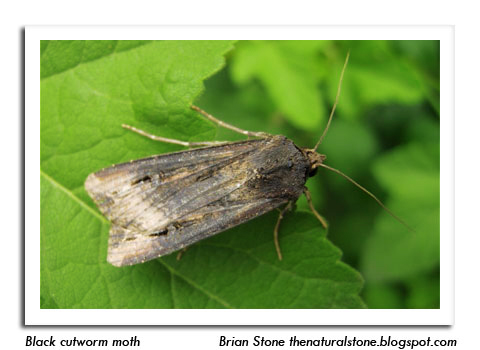

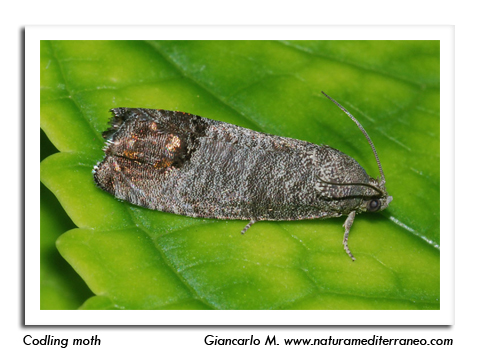
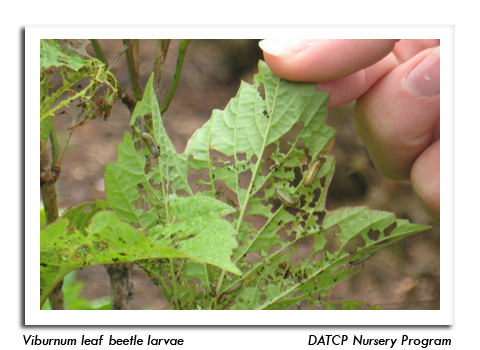
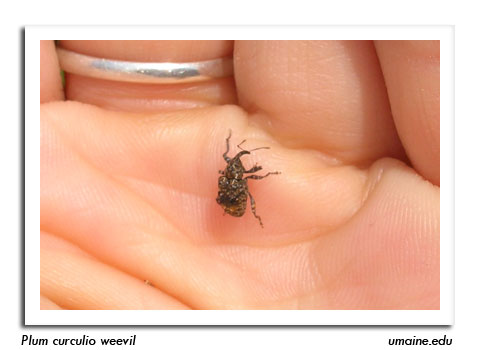
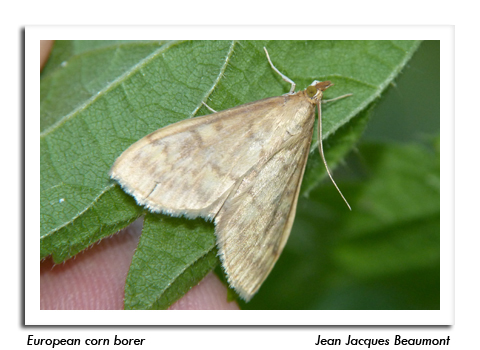
|
|
|